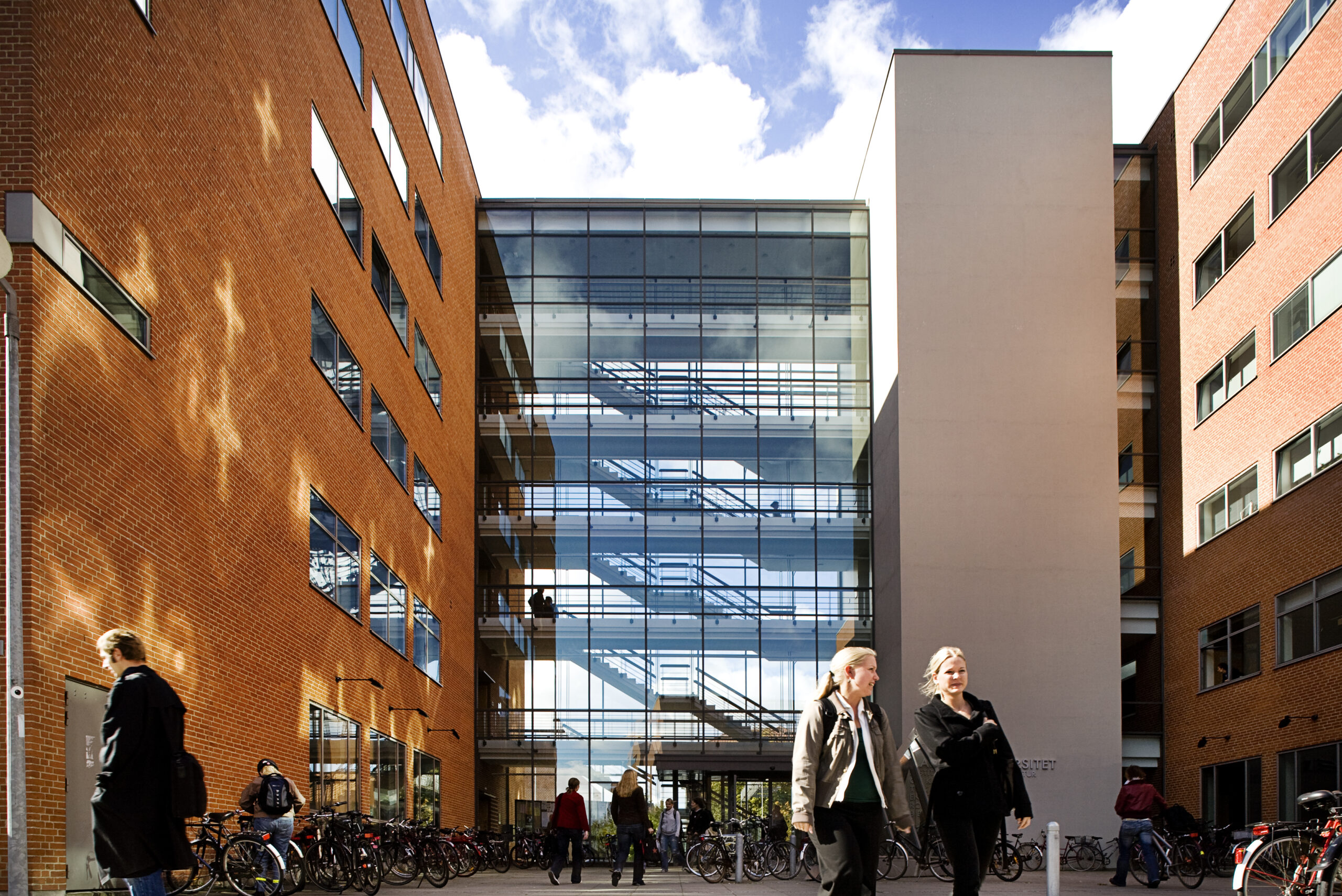Turns out that ridding the cities and towns of rats may be contributing to harming most of the predators that feed on them.
A new report released today by Miljøstyrelsen, the Environmental Protection Agency, reveals that 99 percent of the animals that feed on rodents in Denmark become infected as well.
The report shows there has been a significant rise in poison use – both by municipal pest control services and private groups and people. From 2007 to 2013, annual sales of rat poison increased by 43 percent from 280 to 400 tonnes. Nevertheless, rat numbers continue to climb quickly.
READ MORE: Number of rats could increase dramatically
Universally toxic
”Rat poison has the same toxic effect on other mammals and birds and they can also be killed by the toxins,” Morten Elmeros, a senior adviser at the Aarhus University's Bioscience Department, told Metroxpress.
”They are not necessarily killed by ingesting a single poisoned mouse or rat, but the risk of toxic effects increases over time the more they eat.”
Predators that eat infected rodents suffer from stressed immune systems and internal bleeding.
The Danish Ornithological Society reports that one third of all buildings in rural areas use poison to rid themselves of rodents, and that the practice has led to them discovering dead owls and birds of prey filled with very high levels of poison.












